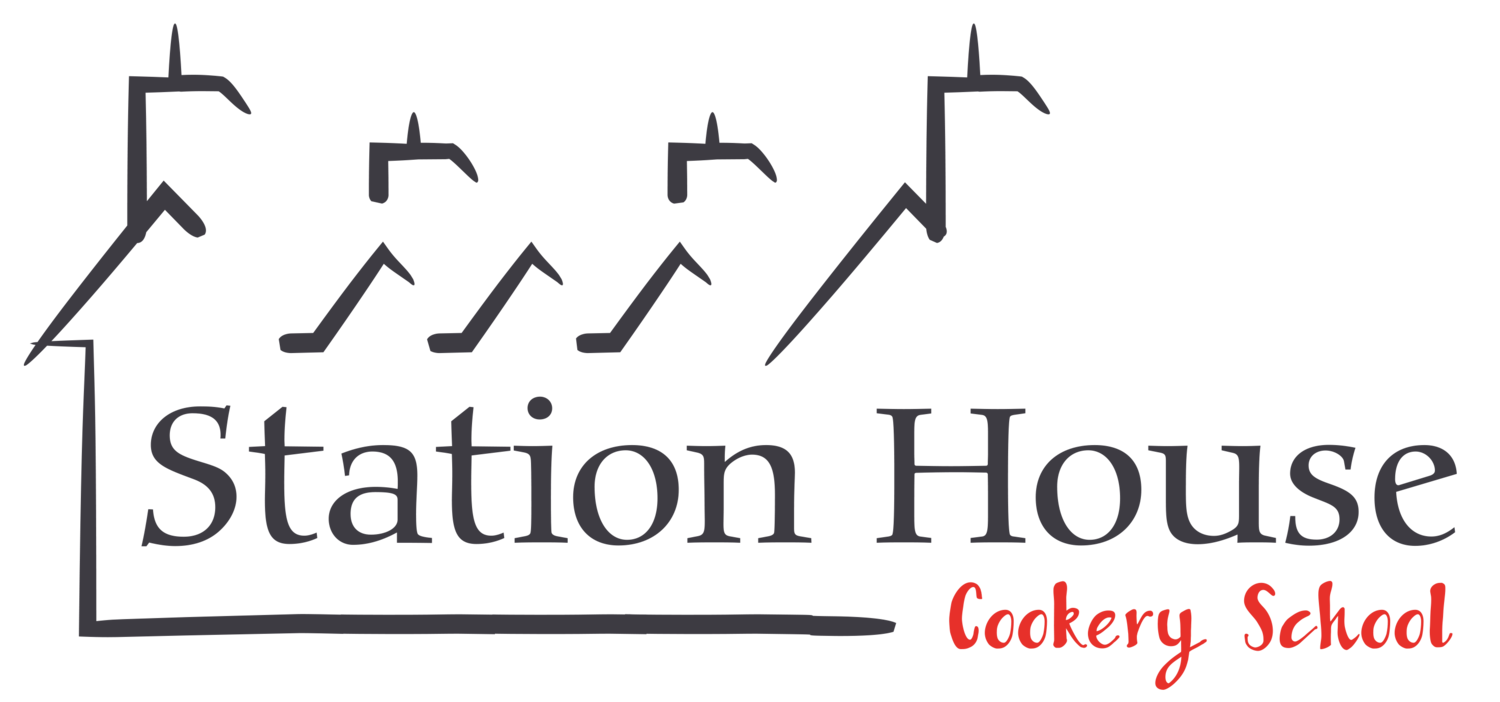Using the right knife is essential to getting the right results. Here’s a breakdown of the three most common knives.
The ‘Chef’s’ or Chopping Knife
This knife is a sturdy inflexible knife which is designed for chopping. We can see this as it has a deep ‘bolster’ and ‘heel’ which protects your fingers from hitting the board as you chop. You get complete contact with the blade length on to the board.
Get a feel for the knife and get the balance as you do. A light but firm grip. If you have to apply pressure either your knife is blunt or your action is not quite right! Remember, a blunt knife is a dangerous knife.
It can be used in a rolling motion to make a clean cut in one action. If you need to scrape your ingredient together on the board remember to turn your knife upside down and use the spine of the knife so you don’t blunt the edge or blade.
The Filleting Knife
The filleting knife is much more flexible than the chopping knife as it is used primarily to release meat from bone. The blade can flex against the bone and then release the flesh. Not to be used for chopping!
The Paring Knife
The paring knife is quite sturdy but has a short blade with a pointed tip. Very light and it fits nicely in the palm of your hand and allows your fingers to wrap around it. It is primarily designed to deal with fruit or veg which is dealt with while held in your hand. Jobs such as peeling, trimming or removing stalks for example.





